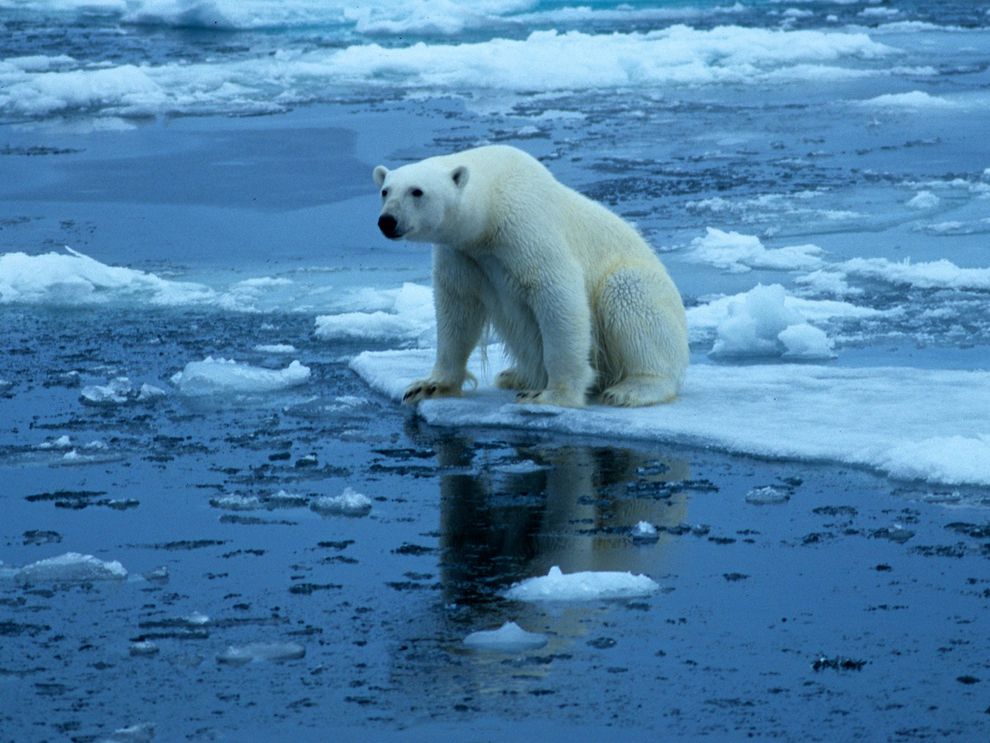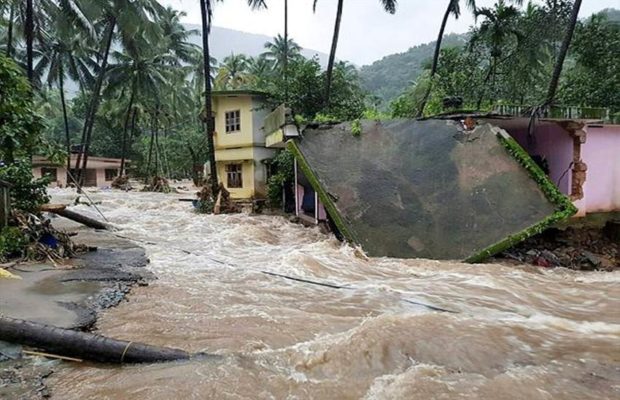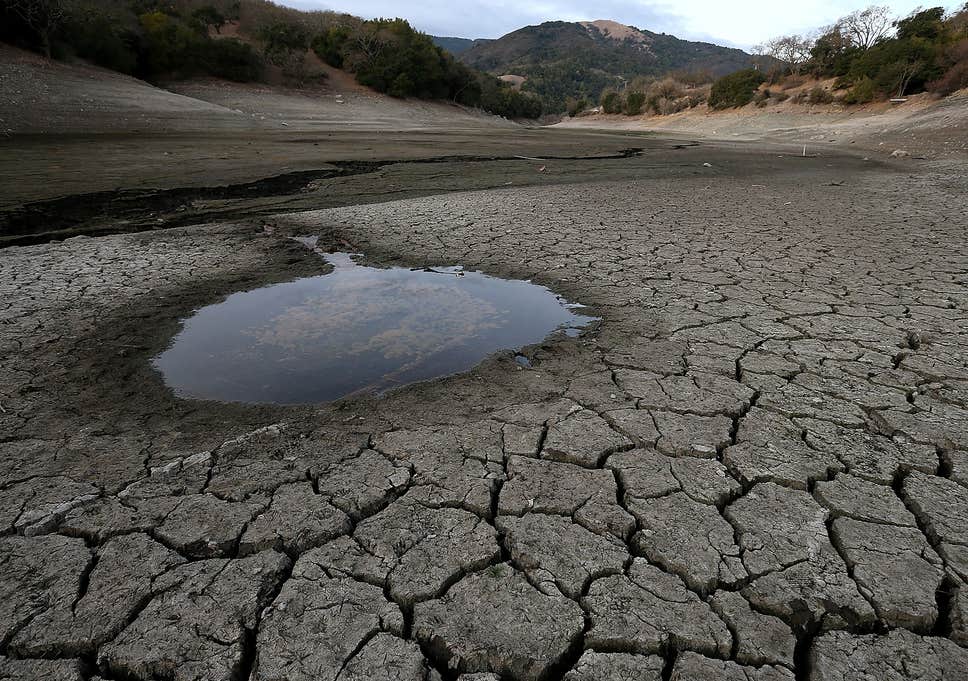Download Mobile App here +919662821174
Set your Location Set Location
Disaster authorities report that, as of 04 January 2020, a total of 53 people have now died in flooding and landslides in Greater Jakarta since disaster first struck on 01 January, 2020. Also as of 04 January, 173,000 people had been displaced from their homes, according to AHA Centre.
National Disaster Mitigation Agency (BNPB) reported 11 deaths in Bogor City, 11 in Bogor Regency, 7 in East Jakarta, 7 in Lebak Regency, 3 in Depok City and 3 in Bekasi City. Other fatalities occurred in Tengarang, South Tangerang, Bekasi Regency and Central and West Jakarta. One person is still missing in Lebak Regency. BNPB said the deaths were a result of hypothermia, electric shock, landslides and drowning in flood waters.
Between 1993 and 2017, the global mean sea level rose on average by 3.1 ± 0.3 mm per year, with an acceleration detected as well. Over the 21st century, the IPCC projects that in a high emissions scenario the sea level could rise by 61–110 cm. The rate of ice loss from glaciers and ice sheets in the Antarctic is a key area of uncertainty since this source could account for 90% of the potential sea level rise. Increased ocean warmth is undermining and threatening to unplug Antarctic glacier outlets, potentially resulting in more rapid sea level rise. The retreat of non-polar glaciers also contributes to sea level rise.
In terrestrial ecosystems, the earlier timing of spring events, as well as poleward and upward shifts in plant and animal ranges, have been linked with high confidence to recent warming. It is expected that most ecosystems will be affected by higher atmospheric CO2 levels and higher global temperatures. Global warming has contributed to the expansion of drier climatic zones, such as, probably, the expansion of deserts in the subtropics. Without substantial actions to reduce the rate of global warming, land-based ecosystems risk major shifts in their composition and structure. Overall, it is expected that climate change will result in the extinction of many species and reduced diversity of ecosystems.


The effects of climate change on human systems, mostly due to warming and shifts in precipitation, have been detected worldwide. The future social impacts of climate change will be uneven across the world. All regions are at risk of experiencing negative impacts, with low-latitude, less developed areas facing the greatest risk. Global warming has likely already increased global economic inequality, and is projected to do so in the future.Regional impacts of climate change are now observable on all continents and across ocean regions. The Arctic, Africa, small islands, and Asian megadeltas are regions that are likely to be especially affected by future climate change. Many risks increase with higher magnitudes of global warming.
Crop production will probably be negatively affected in low-latitude countries, while effects at northern latitudes may be positive or negative. Global warming of around 4 °C relative to late 20th century levels could pose a large risk to global and regional food security. The impact of climate change on crop productivity for the four major crops was negative for wheat and maize, and neutral for soy and rice, in the years 1960–2013. Up to an additional 182 million people worldwide, particularly those with lower incomes, are at risk of hunger as a consequence of warming.

© 2019 Bookfromfarmer.com. All rights reserved | Design by Angel Star Enterprises.